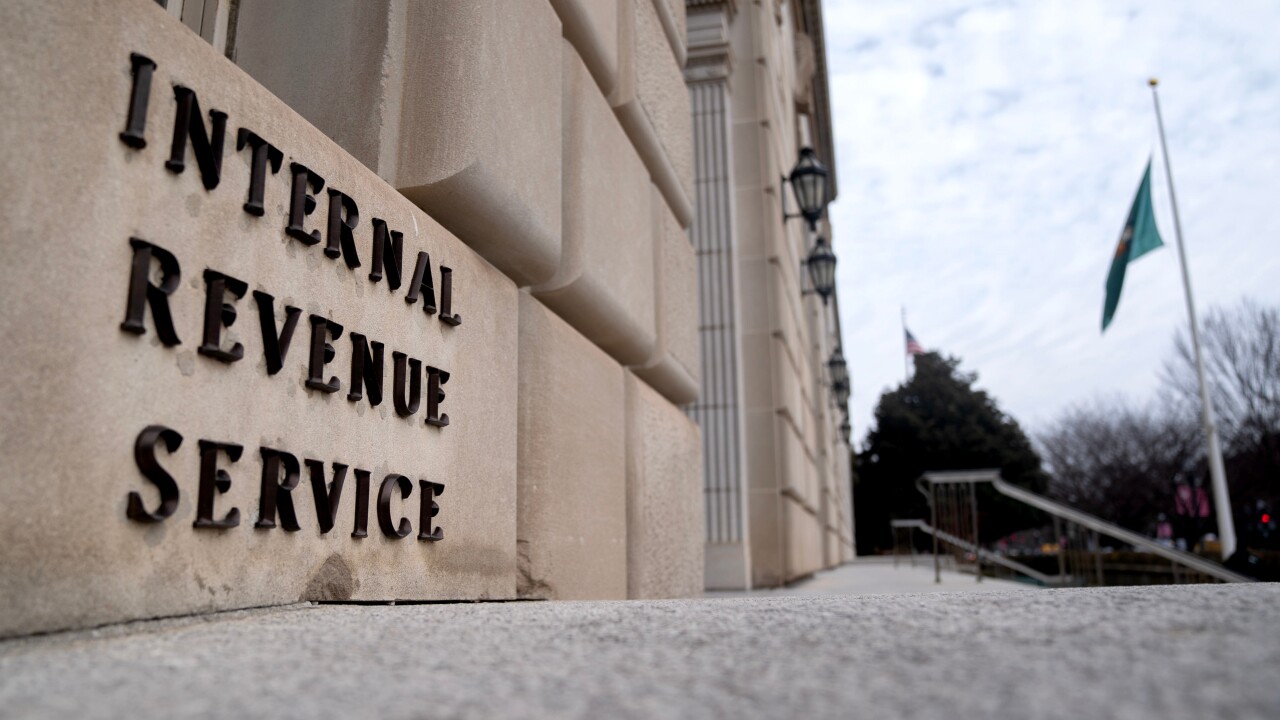The potential tax rate increases that the Biden administration and its allies in Congress are proposing may be an accelerating factor in completing business sales.
Depending on the amount of increase finally agreed upon, sellers will walk away with substantially less from a deal if they wait until the new rates go into effect, observed Michael De Prima, tax principal with Top 10 Firm CliftonLarsonAllen in Denver.
“The proposed changes have injected uncertainty into the world of mergers and acquisitions,” he said. “The rate for individuals would revert from its current 37% back to 39.6%. And the rate on qualified dividends and capital gains for those making more than $1 million, currently at 20%, will likely go to 25%. The House has walked back Biden’s original proposed rate increase, initially set to mirror the individual rate of 39.6%, to 25%. Whatever the final agreed-upon figure, the likelihood of rate increases are very high.”
“These increases will have a major impact on business owners considering a potential sale,” De Prima indicated. “And the additional 3.8% Net Investment Income Tax will still apply to the gain from certain sales.”
De Prima and his team at CLA’s Federal Tax Strategies Group have been modeling the various outcomes of transactions for potential buyers and sellers. “We’re really trying to get across how the rates might affect potential deals,” he said. “The effective date, and whether it is retroactive or prospective, is a wild card. Originally Biden proposed an effective date of April 28, 2021, when they announced the proposed increases.”

De Prima illustrated the effect of the rate increases on sales of an S corporation and a C corporation with these examples:
Example 1: An S corporation shareholder sells 100% of her stock, with $5 million of long-term capital gain resulting from the sale. If that stock were sold today at the current capital gains rate of 20%, she would pay $1 million in tax on the sale. That same sale under Biden’s plan would trigger $1.98 million in tax — nearly a $1 million difference.
The Biden plan would also increase the corporate tax rate. Although the initial proposal was to raise the rate from its current 21% to 28%, when the dust settles it will likely go to 25%, De Prima predicted. “At either rate, the increase will leave the owners of C corporations with even less after-tax proceeds in an asset sale,” he said.
Example 2: XYZ Corp. is a C corporation with one shareholder that sells all assets in liquidation, resulting in $10 million of taxable gain. Assume that the shareholder has zero stock basis, a long-term holding period, and is not eligible for the Section 1202 exclusion. The after-tax proceeds are then distributed out to the shareholder. At the current tax rate of 21%, the tax due at the corporate level is $2,100,000. At the likely 25% rate, the tax due at the corporate level would be $2,500,000, a difference of $400,000 in the after-tax proceeds available for distribution. The total after tax under the current rates would be $6,320,000 versus the total under the proposed rates of $5,400,000, a difference of $920,000.
“Another consideration is that a higher effective tax rate at the corporate level and a corresponding decrease to cash flows may have a negative impact on company valuations,” said De Prima. “This will be of particular importance in private equity — where cash flow can be a critical metric in valuing transactions, financial modeling, and benchmarking investor distributions.”
The potential rate rise has been an accelerating factor, not the sole motivating factor, in planning sales, according to De Prima. “It has played into conversations with clients as a reason to get deals done before the changes take effect, especially from the sellers’ standpoint,” he said. “The bill still has to go back to the Senate before we know the final figures.”





